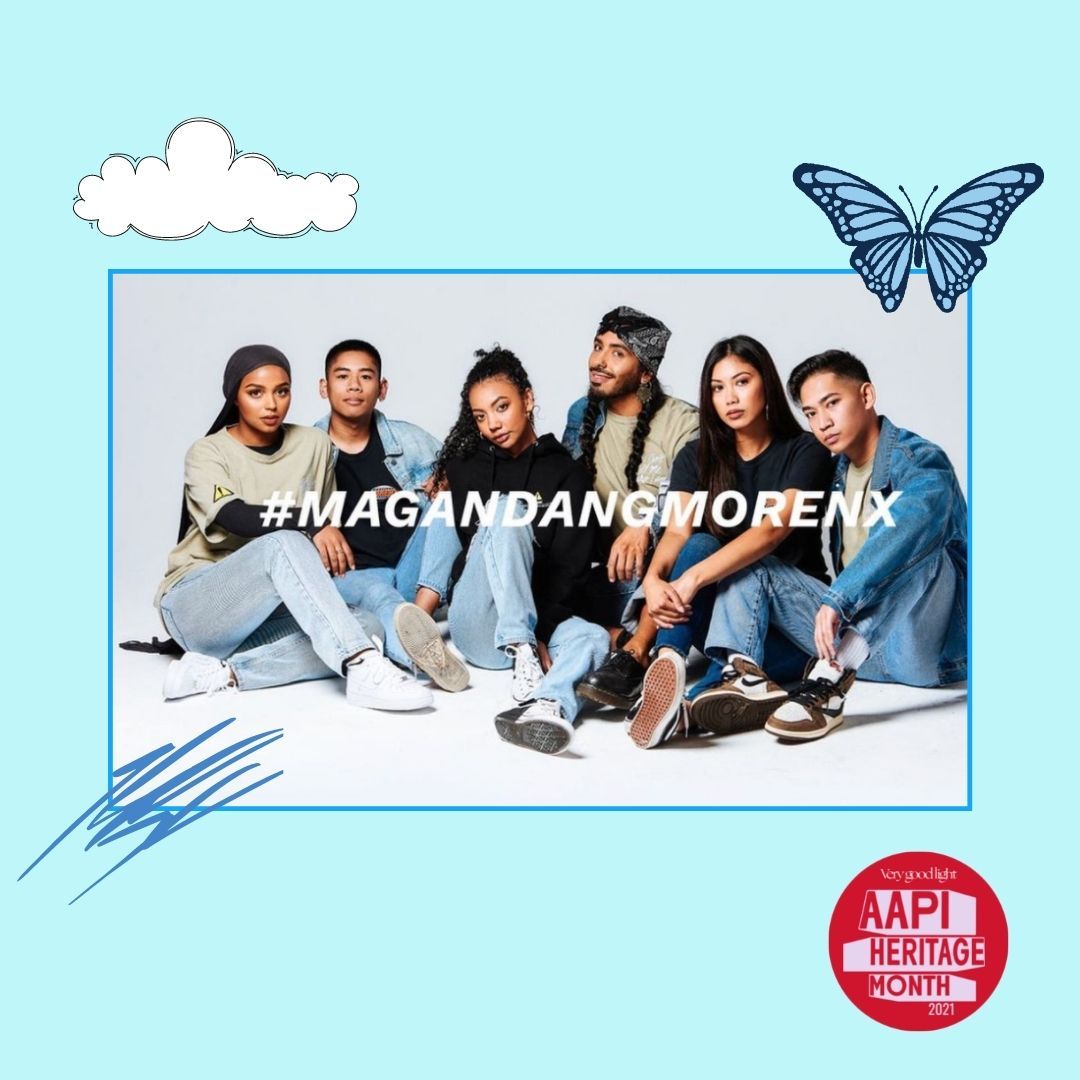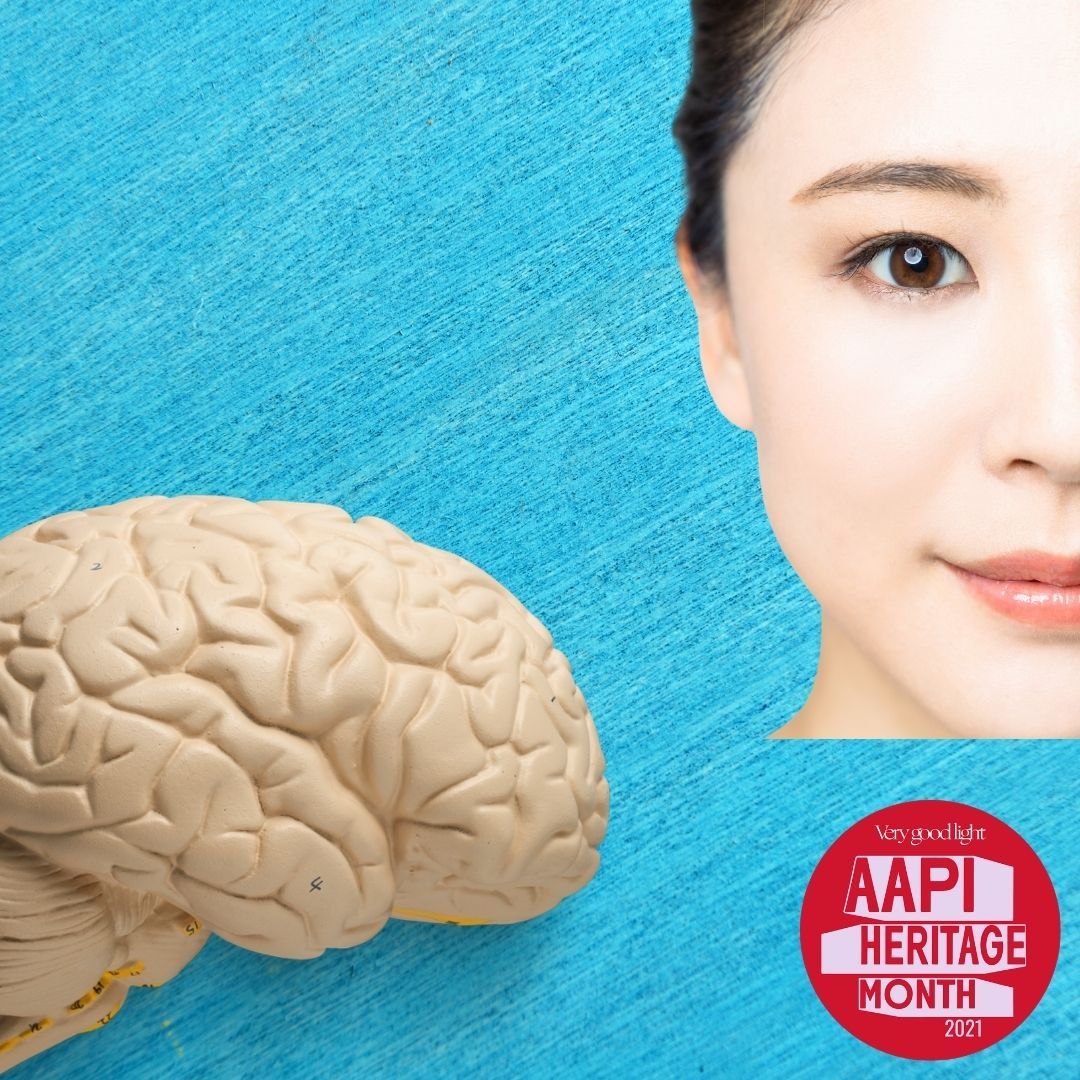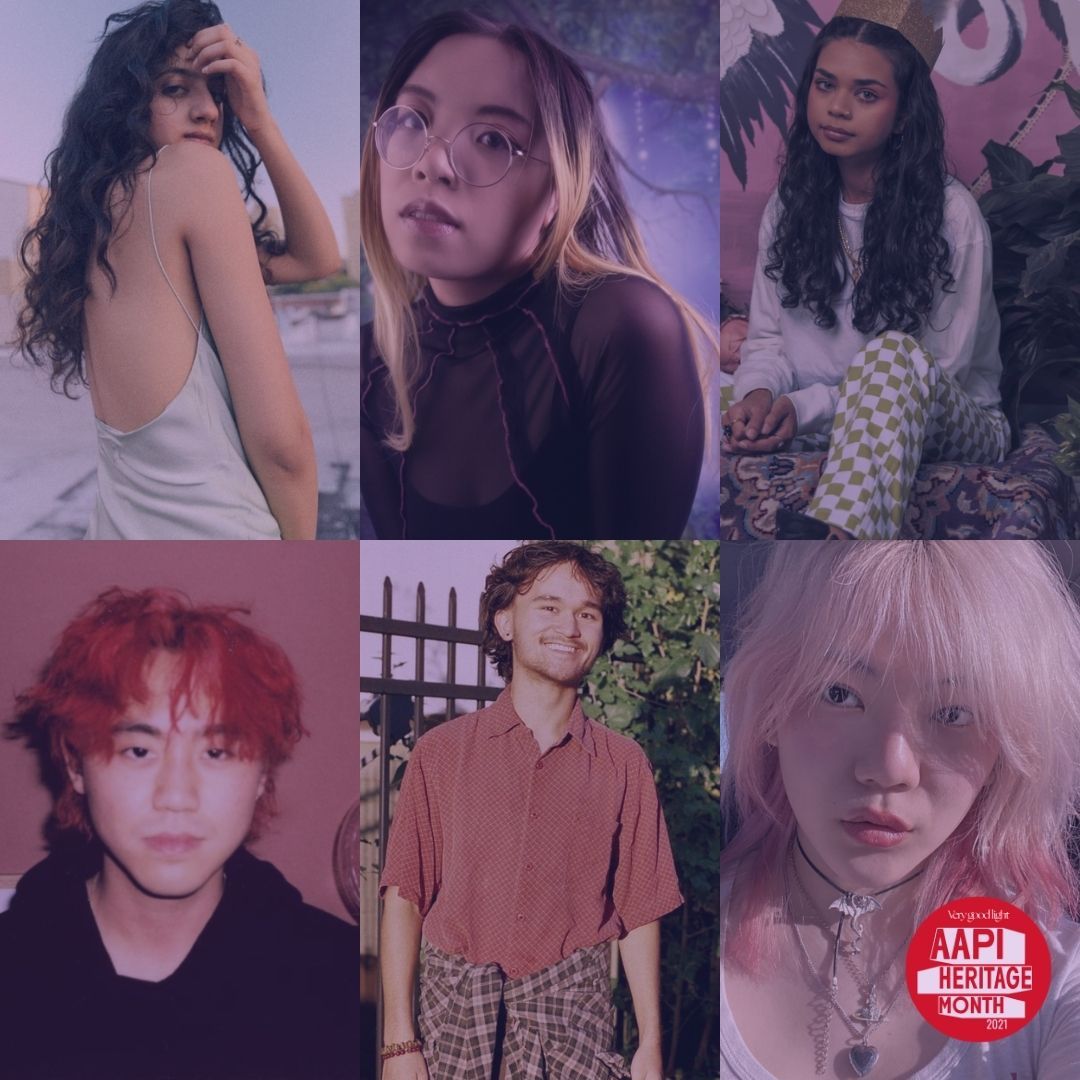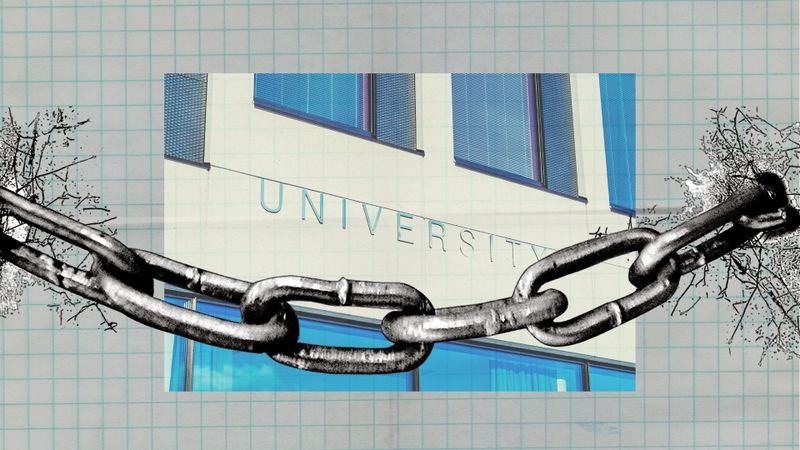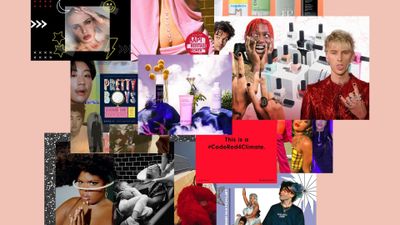As February and Black History Month come to an end, it would be hypocritical of us to ignore the racism and social problems inherent within educational, publishing, and creative institutions at large.
This is critical: the curriculum in most educational institutions in America that send young adults out into the working world are informed by colonial pedagogy and foster a discriminatory culture towards Black, Brown, and Indigenous students.
SEE ALSO: What Black Gen Z activists want you to know about Black History Month
What is colonial pedagogy?
Colonial pedagogy in learning is the sum of many parts. First and foremost in this issue is that the history we learn is often taught from the Western, white gaze. The rise and history of America as we know it today is fraught with racial violence towards Black people – but the racialized violence our country has committed against marginalized people are glossed over in our educational system.
The American history that is taught to us as early as elementary school romanticizes American achievement but skims and skirts around the genocide of Native peoples and generations of atrocities and discrimination against Black people. We hear about other non-British European settlers in the US as “foreigners” but the British founding fathers are regarded as the first Americans.
This is canonically untrue. We cannot decolonize educational systems in America without acknowledging that the white folks who showed up here hundreds of years ago are the colonizers, and that America was and is first and foremost a colony on Native land. Our educational systems at the K-12 level are inherently flawed because the curriculum is based around whiteness.
How can I make a difference?
If you are someone who is currently enrolled in a university program or just starting a career in a creative industry and you are feeling powerless in terms of what you can do to decolonize and diversify your educational experience, here are some ideas to empower marginalized people inside and outside of the institution.
First of all, if you are a white person reading this who takes up any kind of space in an educational or cultural institution, it is extremely important to advocate for Black and Indigenous histories and voices to be recognized and heard. You are part of the future. You can make a difference in the world post-grad in amplifying marginalized voices and creating inclusive environments as the majority population in most professional working environments.
No matter what point you are at in your education or career journey, if you see discrimination or racist behavior directed towards a colleague or classmate, be the bigger person and name it. Name the behavior as racism and oppression. The act of calling out bad behavior is so important, because to abusers or racist people, silence is permission for their behavior to continue. Your advocacy will make a huge difference in fostering a safe work environment for your peers and allow more voices to be heard.
There is work to be done outside of the classroom
If the curriculum you are being taught or told to focus your attention on is centered in a white gaze, it is critical that you take the time to read anti-racist texts and watch films made by Black, Brown, and Indigenous folks.
When you do the homework outside of what is required from a white-centered institution (which is much of higher education at large), you bring a greater sense of perspective to class discussions. You will be better able to serve and advocate for your peers in classroom discussions, and bring forth a greater sense of empathy to the room at large.
A good place to start in terms of reading are the nonfiction works of bell hooks, Roxane Gay, Audre Lorde, and Toni Morrison. The films of Barry Jenkins and Spike Lee are top-tier–and a great way to see beacons of hope in representation.
To be clear, you should not do this work for you to speak up and take up more space in an institution for yourself. It doesn’t matter whether or not people see you as a “good” person for this work, because this work serves to benefit other people. Advocacy work is not about you speaking up for other people – it’s about using your relative positioning in an institutional setting to uplift marginalized voices.
The problems of overrepresentation
Another problematic aspect of colonial pedagogy is the idea of who is teaching and leading you in your educational and professional training. It is often the case that these teaching and leadership roles go to white people and not Black and Indigenous people of color. It is not inherently problematic for a white person to be teaching at large, but what is problematic is that white people are overrepresented in tenure and tenure track teaching positions and leadership positions in companies at large.
Again, this issue goes back to gaze: the overrepresentation of the white gaze in learning and teaching institutions often means that the information and media we get to see in our learning environments is tethered to a perspective that doesn’t reflect the diversity of the people who consume information in this environment and eventually head out to the workforce. This leaves large gaps in racial and equity-centered pedagogies for students and alumni who move on to jobs that contribute to the cultural fabric of society.
Know your power
It’s easy to feel powerless in these pedagogical systems of learning and production, but there are ways that you can make small changes. Support and advocate for BIPOC faculty and work hires to stay and join your institutions. Email your boss (or the chair of your department if you’re still in school) and let them know that you gain a lot from this wider perspective at large. If you are given the chance to fill out evaluations or have a midterm check in at school or work, make your concerns and desires known to people in supervisory roles in the systems you work within.
In the greater world at large, support Black writers and artists by reading and watching their work. Tell your friends about what you read. Lead by example. When you don’t know the answer to something, don’t rely on Black and Brown people to take time out of their days to educate you. Do the work yourself, and when you are asked to clarify a position, direct others to cultural resources created by people who have already done the work. Support your BIPOC colleagues and make sure that no one speaks over them or is dismissive towards their contributions to discussions and collaborative projects.
This is by no means an exhaustive list, but it is a place for you to start considering other perspectives to carry with you into advocacy work at large. Until our educational systems are fundamentally changed, the burden falls on us to ask for more – because it is our right to work in a safe and equitable environment within the institutions we work, but we won’t get there until we work together.
READ MORE LIKE THIS
